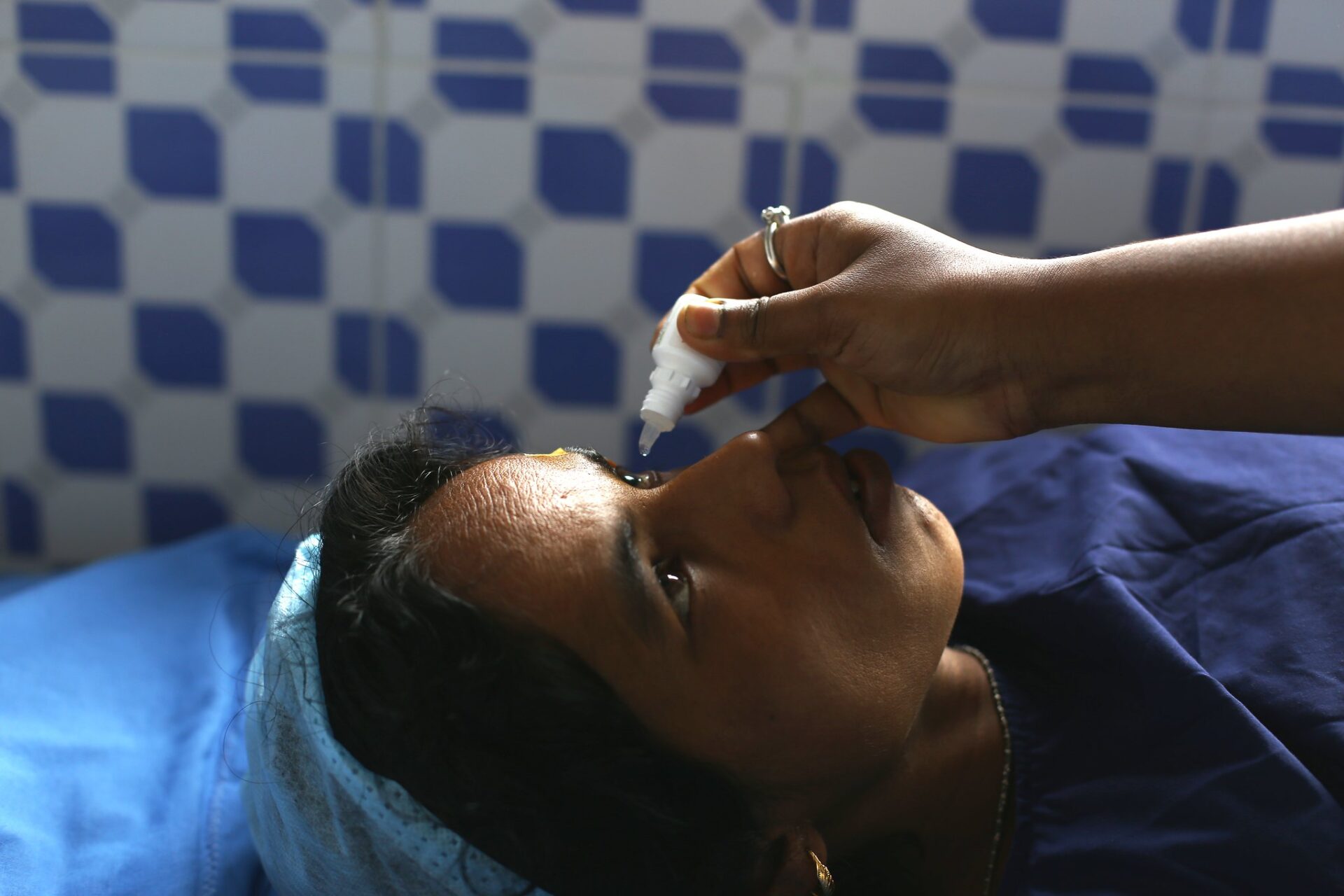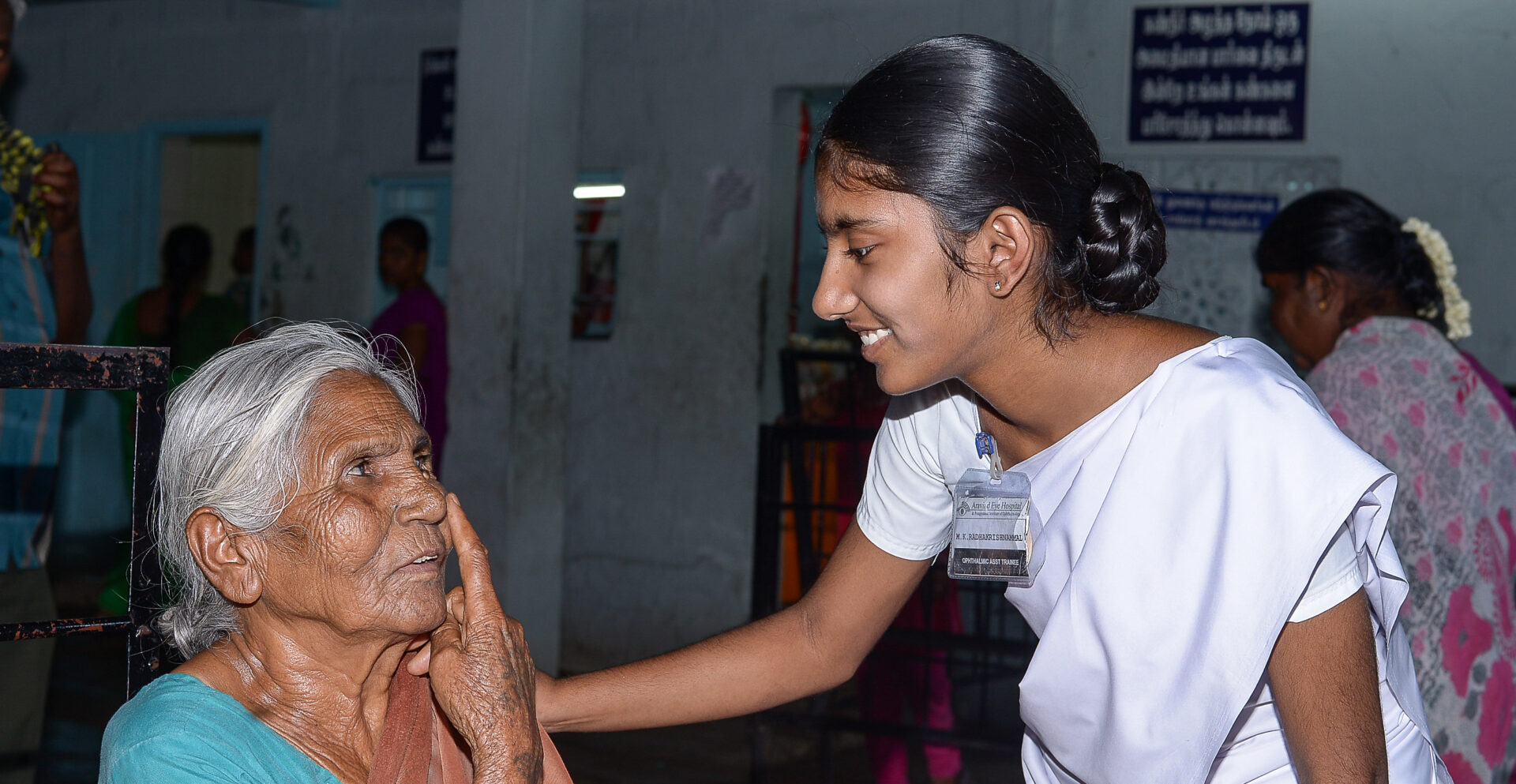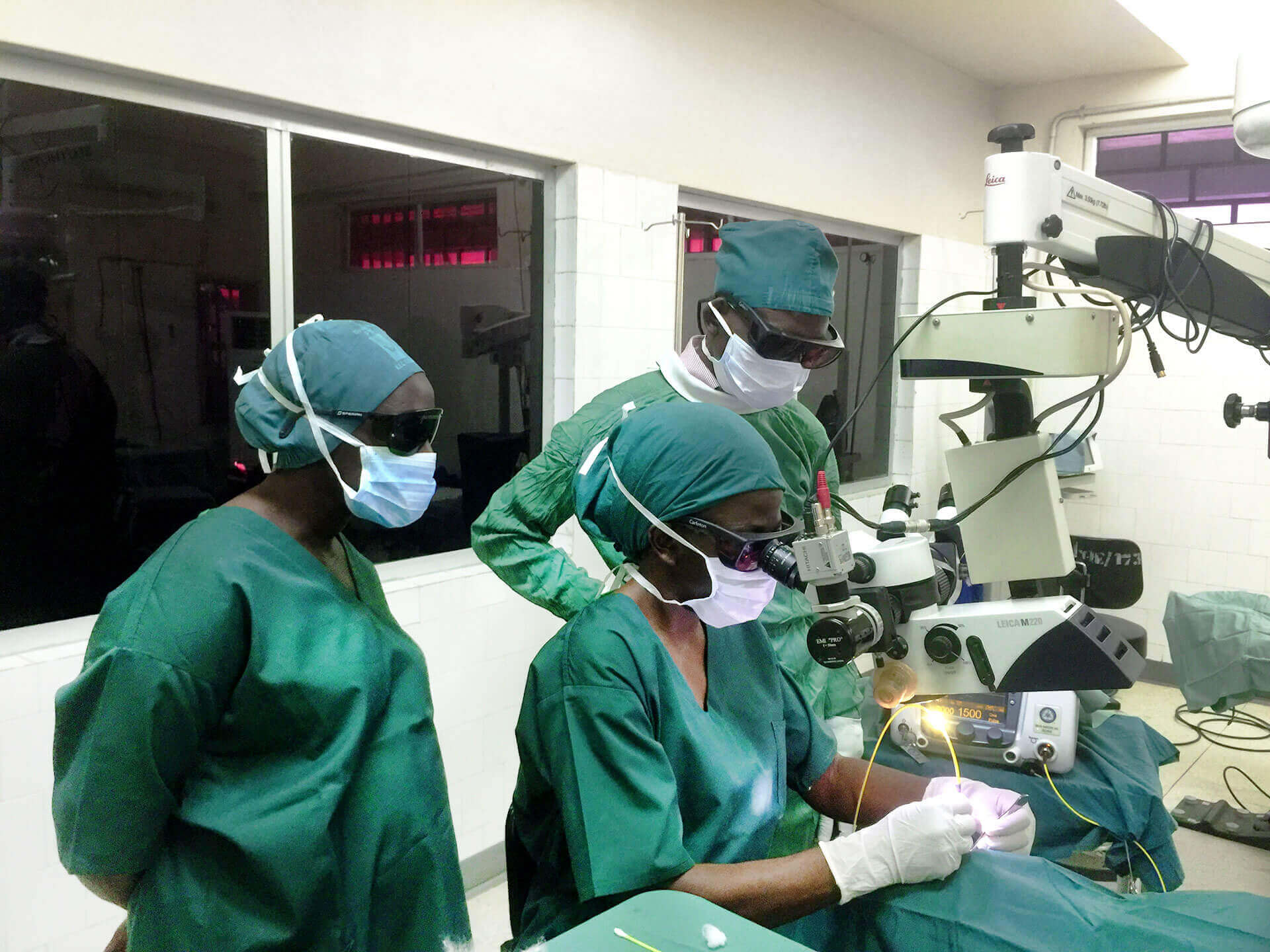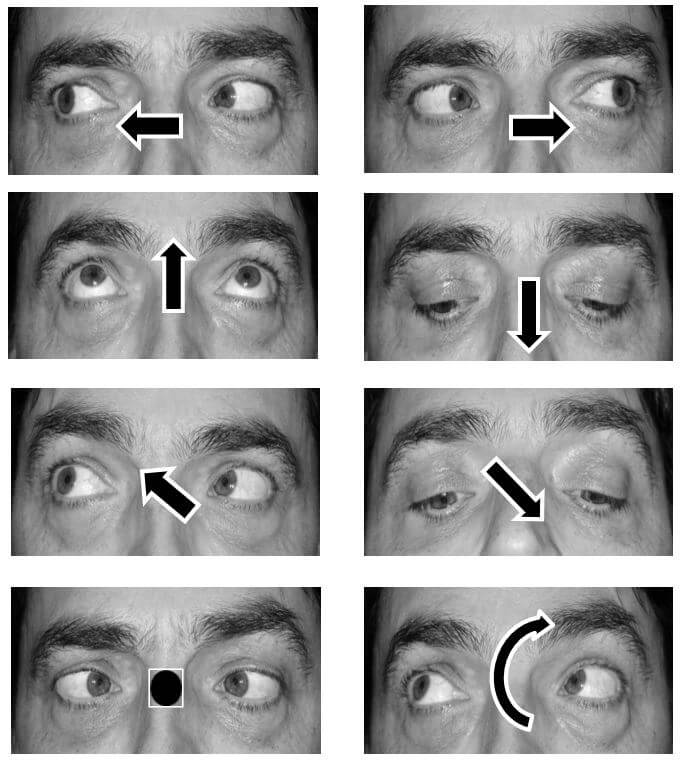Keratoconus is a disease of the eye’s cornea and occurs more frequently in regions of the world where access to the standard treatment it is often difficult. Removing the need for a medical device while enabling treatment with sunlight could potentially make the treatment widely available.
Replacing medical devices by natural sunlight
Keratoconus is a blinding disease with an incidence of 1:21 to 1:500; the most dangerous state of this disease is found in children (8-18 years). Increased prevalence is found in geographical locations like India and the Middle East which might be partly contributed to dry climate as well as allergic reactions with consecutive eye rubbing and genetic factors. The corneal disease keratoconus is the most common reason for vision loss in young people.
Corneal cross linking (CXL) with UV-A light and riboflavin (vitamin B2) is the current standard of treatment to stop keratoconus progression. CXL involves soaking the cornea with the chromophore riboflavin and irradiating it with UV-A light administered by a medical device. Since the absorption peaks of riboflavin are within the spectrum of natural sunlight, this project aims to provide a CXL treatment by replacing the monochromatic UV irradiation from a medical device with the broad-spectrum irradiation from sunlight.
While CXL is a highly effective procedure for stopping progression, it is costly especially in developing countries where the incidence rate is high. The lack of medical infrastructure and expertise creates obstacles for accessing proper treatment. Therefore, if natural sunlight could be used instead of a device, then these obstacles could be overcome. Riboflavin (vitamin B2) would be the only consumable necessary which is relatively inexpensive and easy to obtain.
If the results obtained in the animal model meet the working hypothesis, a pilot study in humans with progressive keratoconus will be designed. The long-term results may provide paediatric patients access to clinical treatment, whereas these patients may have otherwise not had the financial means to afford it.
 Share
Share


